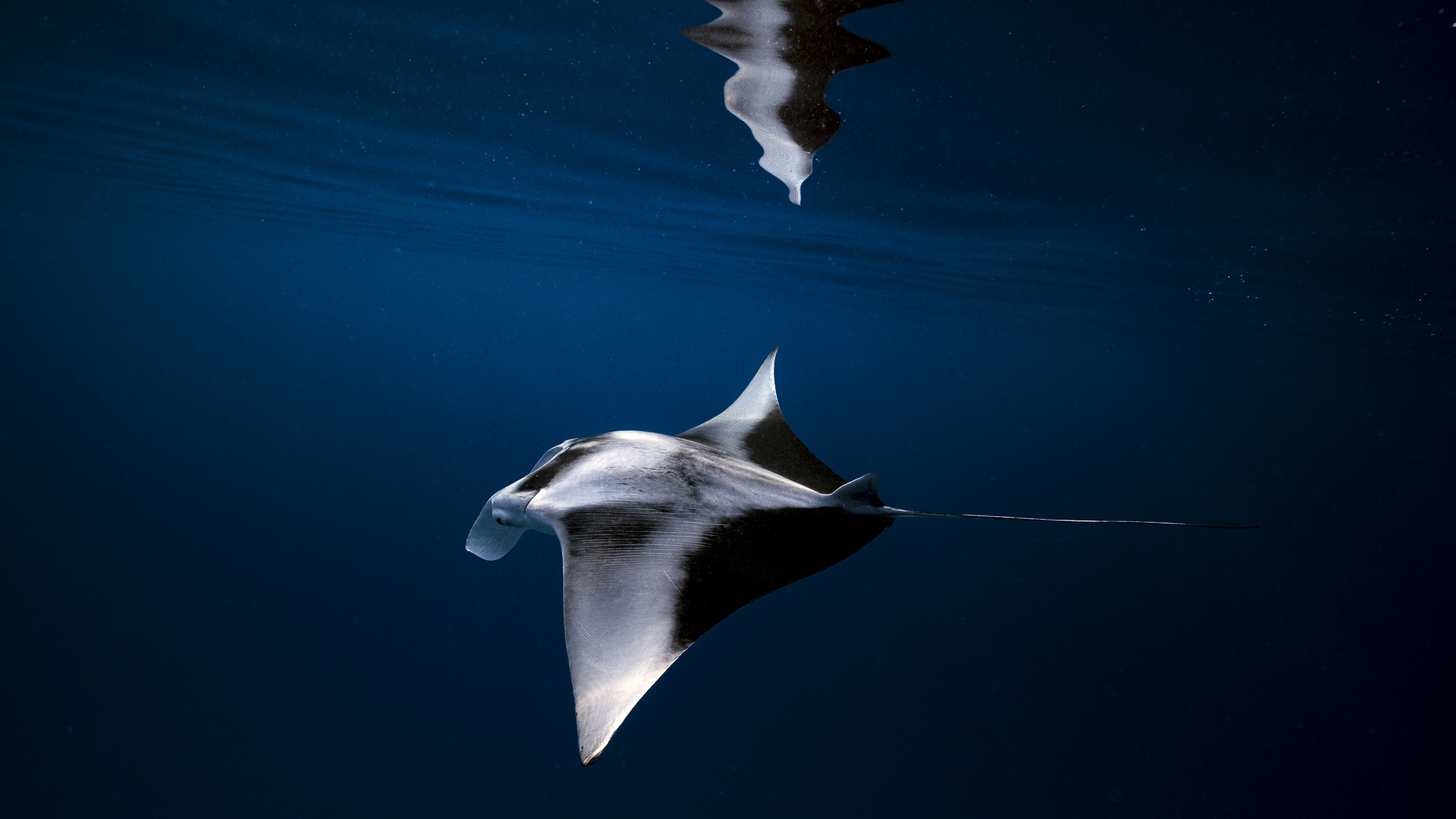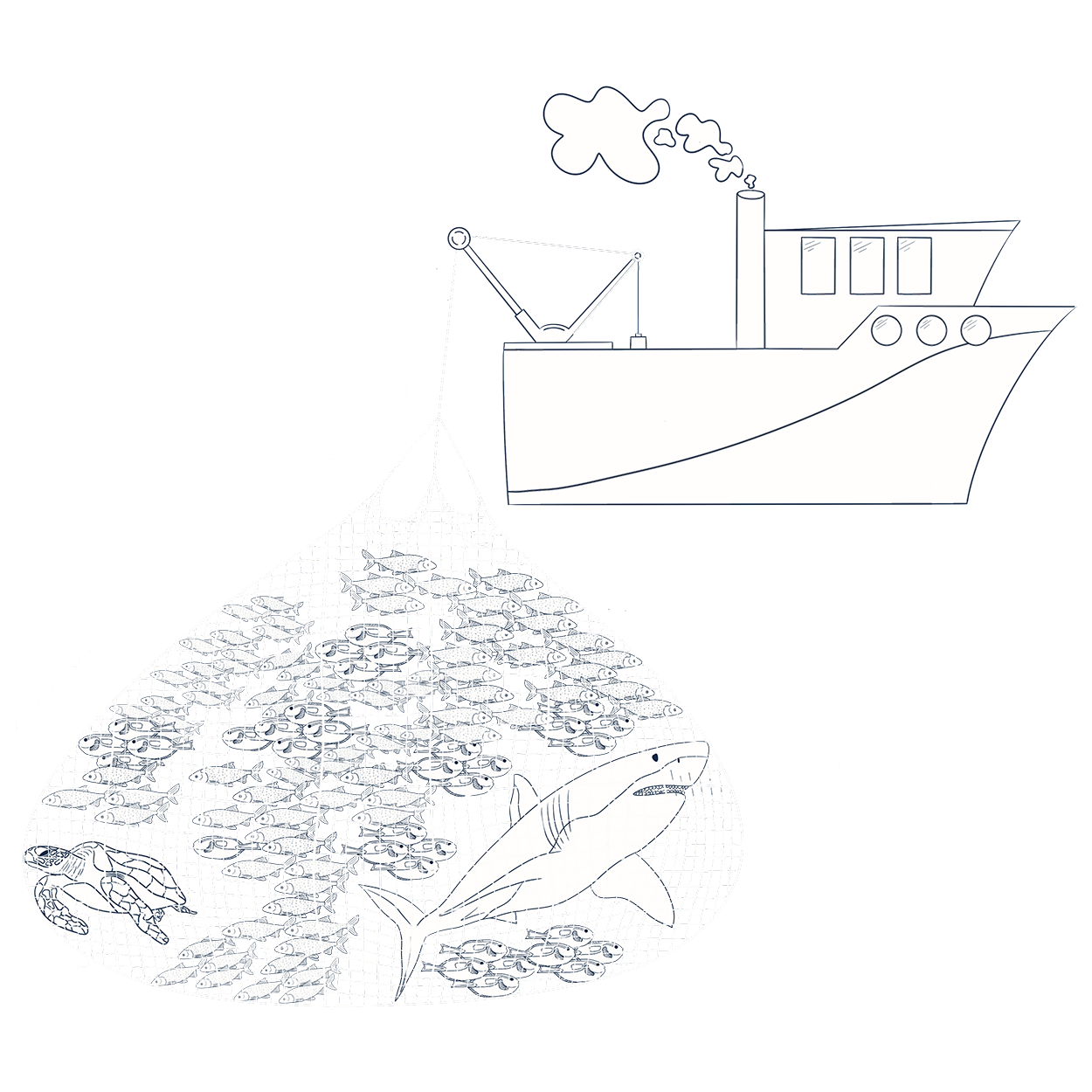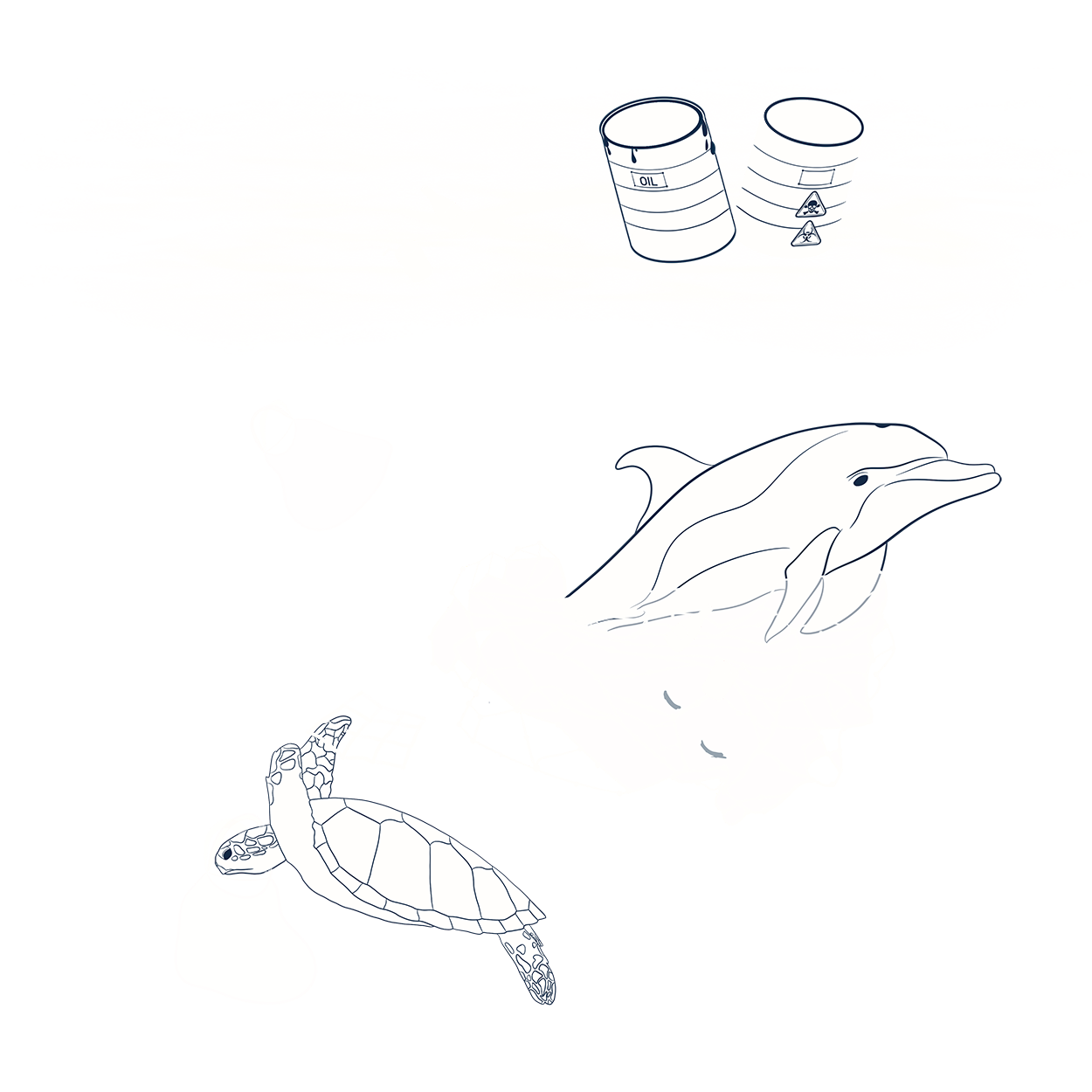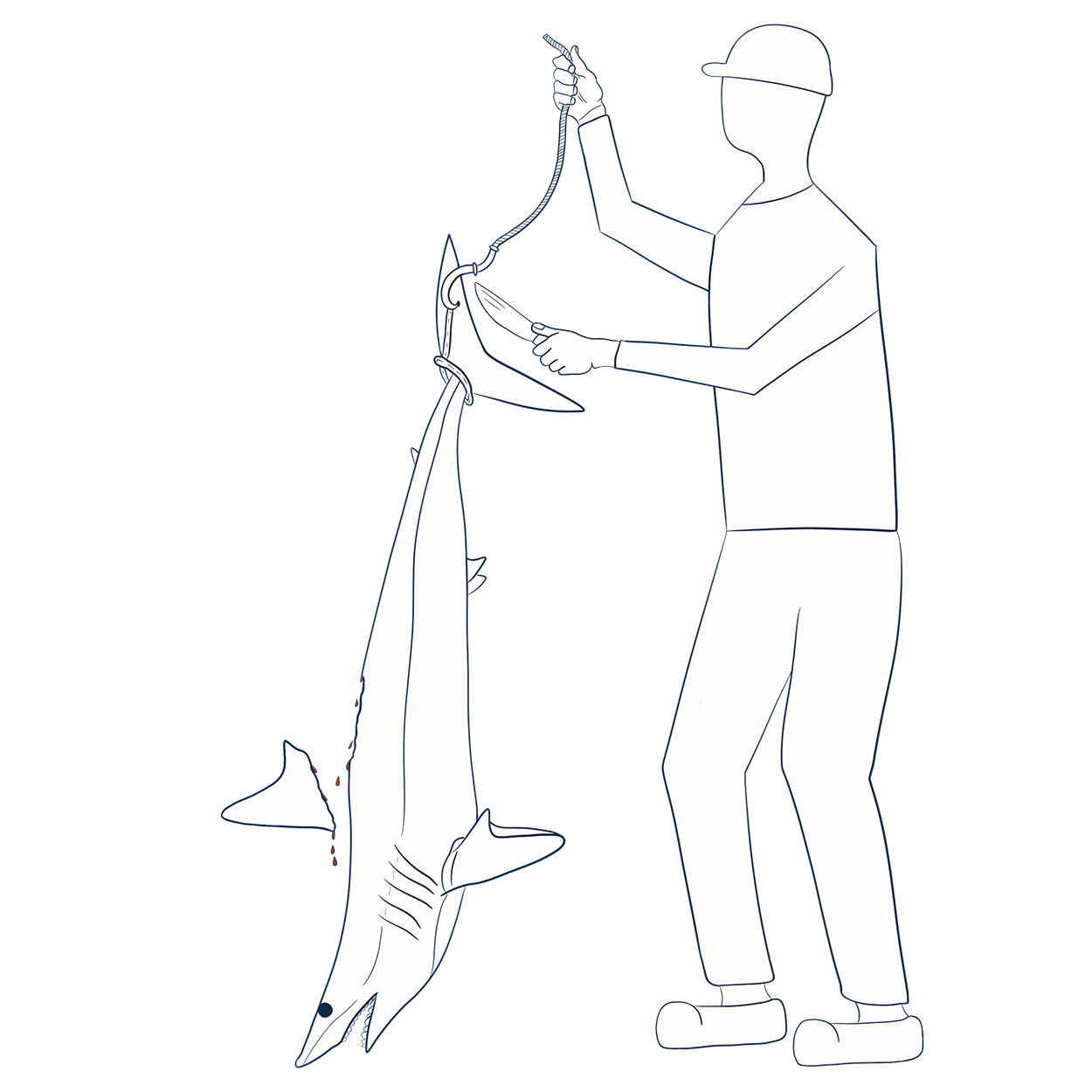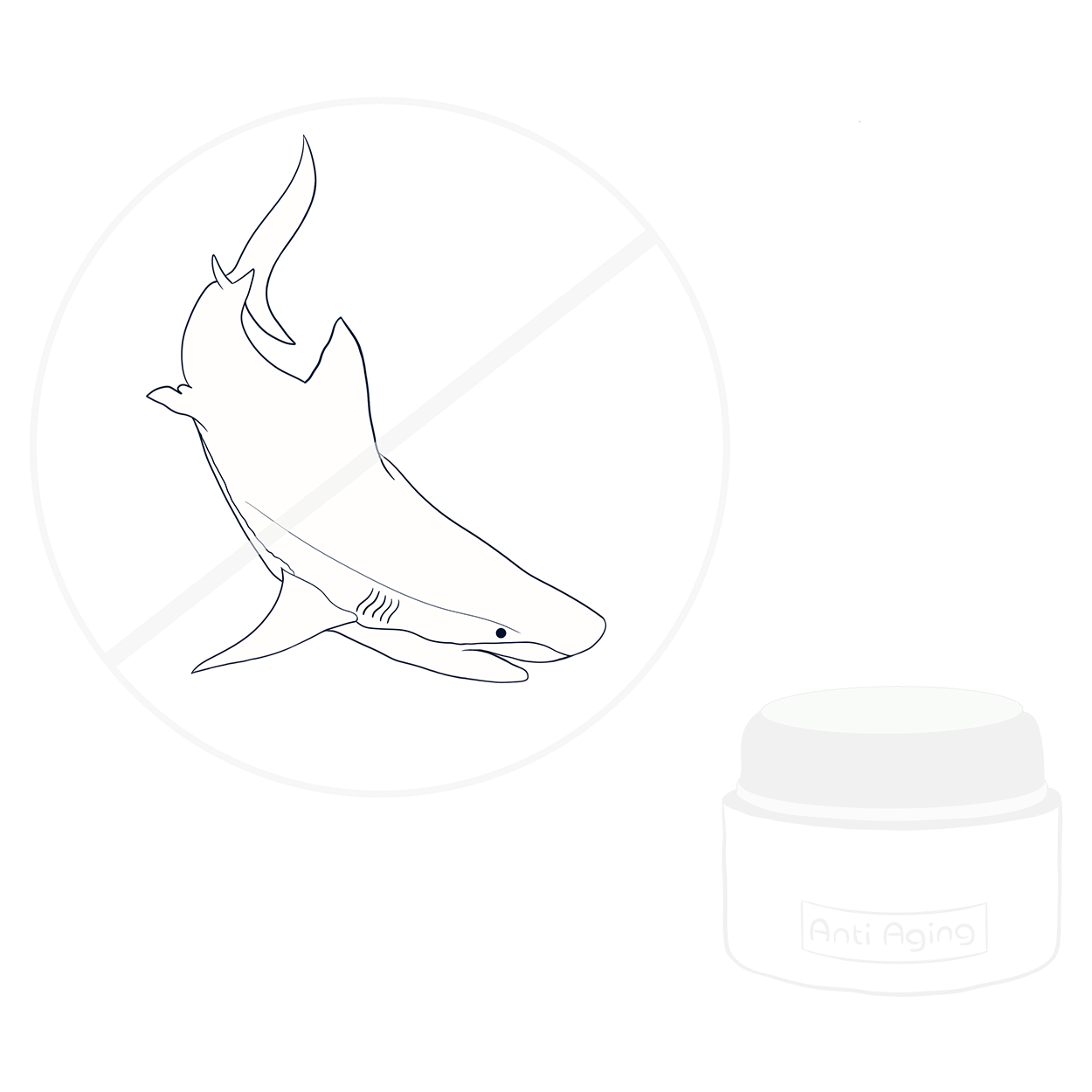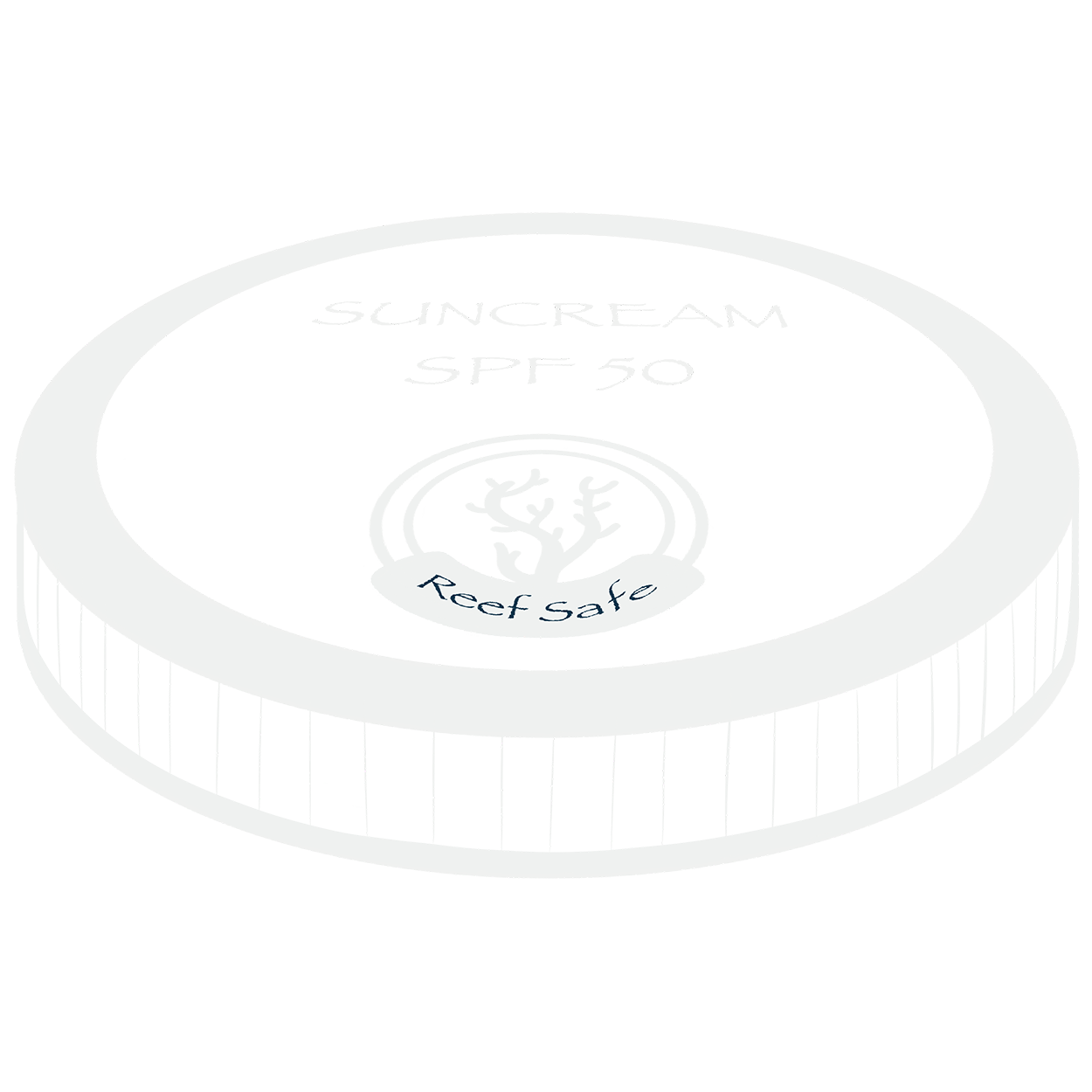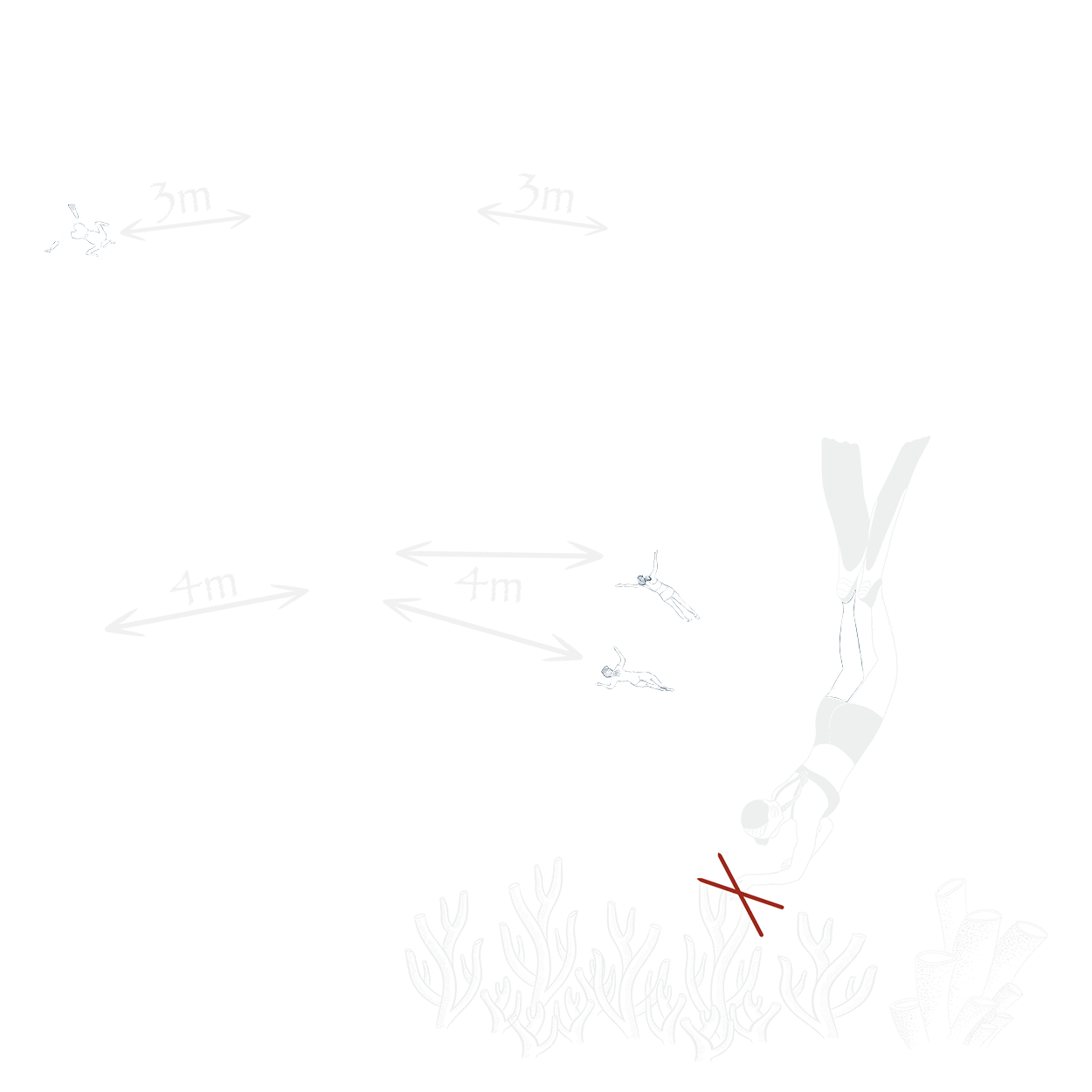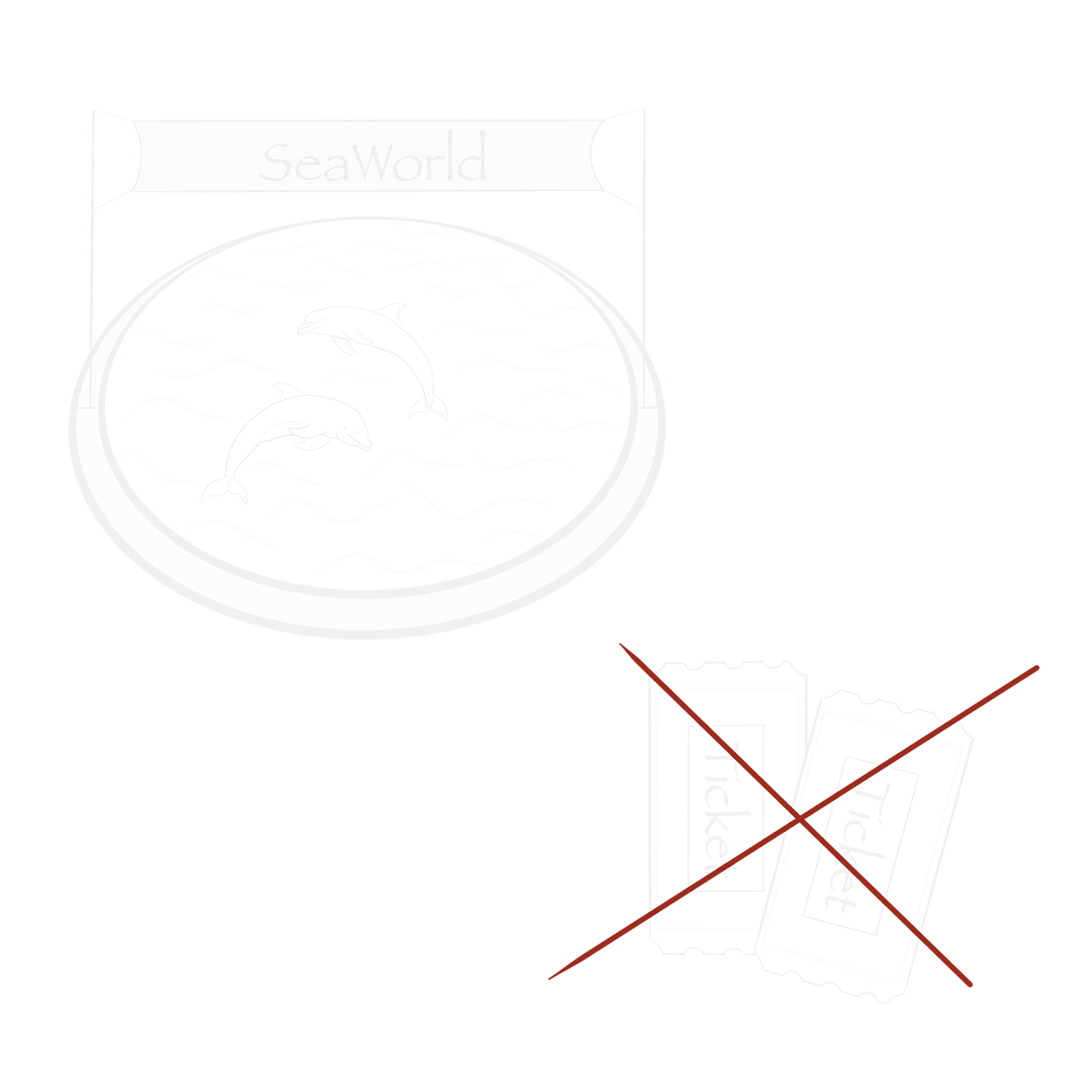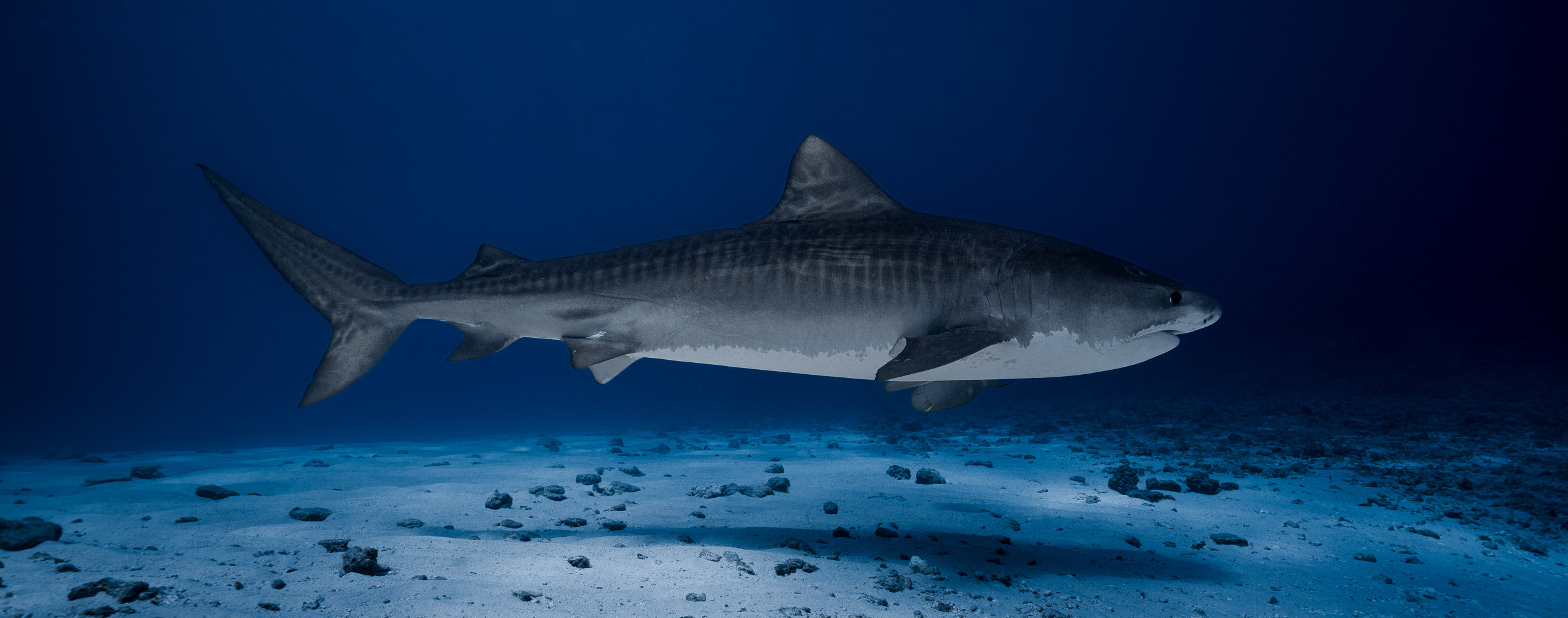

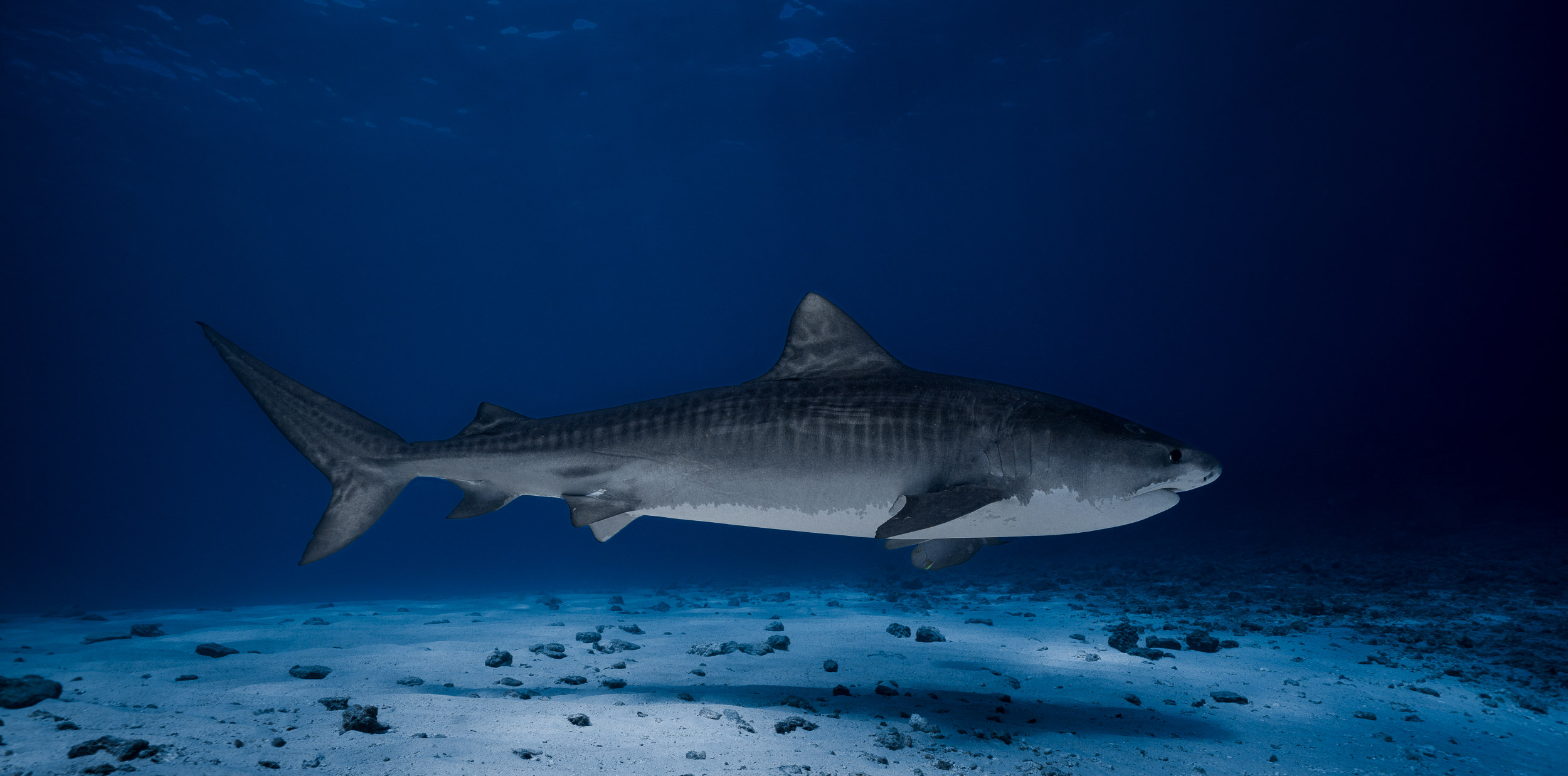
Our Mission
“The mission of Oceanic Megafauna Awareness is to create excitement about oceanic megafauna and to talk about the threats they face. We show options what each and every one of us can do in everyday life.”
Oceanic megafauna are under enormous pressure. If the animals themselves are not hunted relentlessly, they usually end up as bycatch in the fishing industry’s nets. Over 100 million sharks are killed every year for various reasons: for their fins, to end up in the shark fin soup which is popular in some Asian countries or they are caught in longlines or as trophies. Plastic pollution also contributes to why marine animals have to die in the most cruel ways. Due to the climate crisis and the increased absorption of CO2 from the atmosphere, the oceans are becoming more acidic. This is particularly harmful to living creatures that build their shells or body parts with calcareous compounds, such as corals. These in turn serve as habitats and important breeding grounds for other marine animals. Additionally, the deforestation of mangroves and sand mining in coastal waters also endanger the breeding areas of many species and thus directly or indirectly the megafauna of our oceans.
We are drawing attention to precisely these problems with the Oceanic Megafauna Awareness Association. Our mission is to raise awareness about these injustices and sensitize the population about them. As many people as possible should learn how worthy of protection and at the same time how vitally important our oceans are for us humans and the entire ecosystem of the earth. We want to generate enthusiasm for the sea creatures and the countless connections in the unique habitat of the oceans, because in the end we only protect what we love and understand.
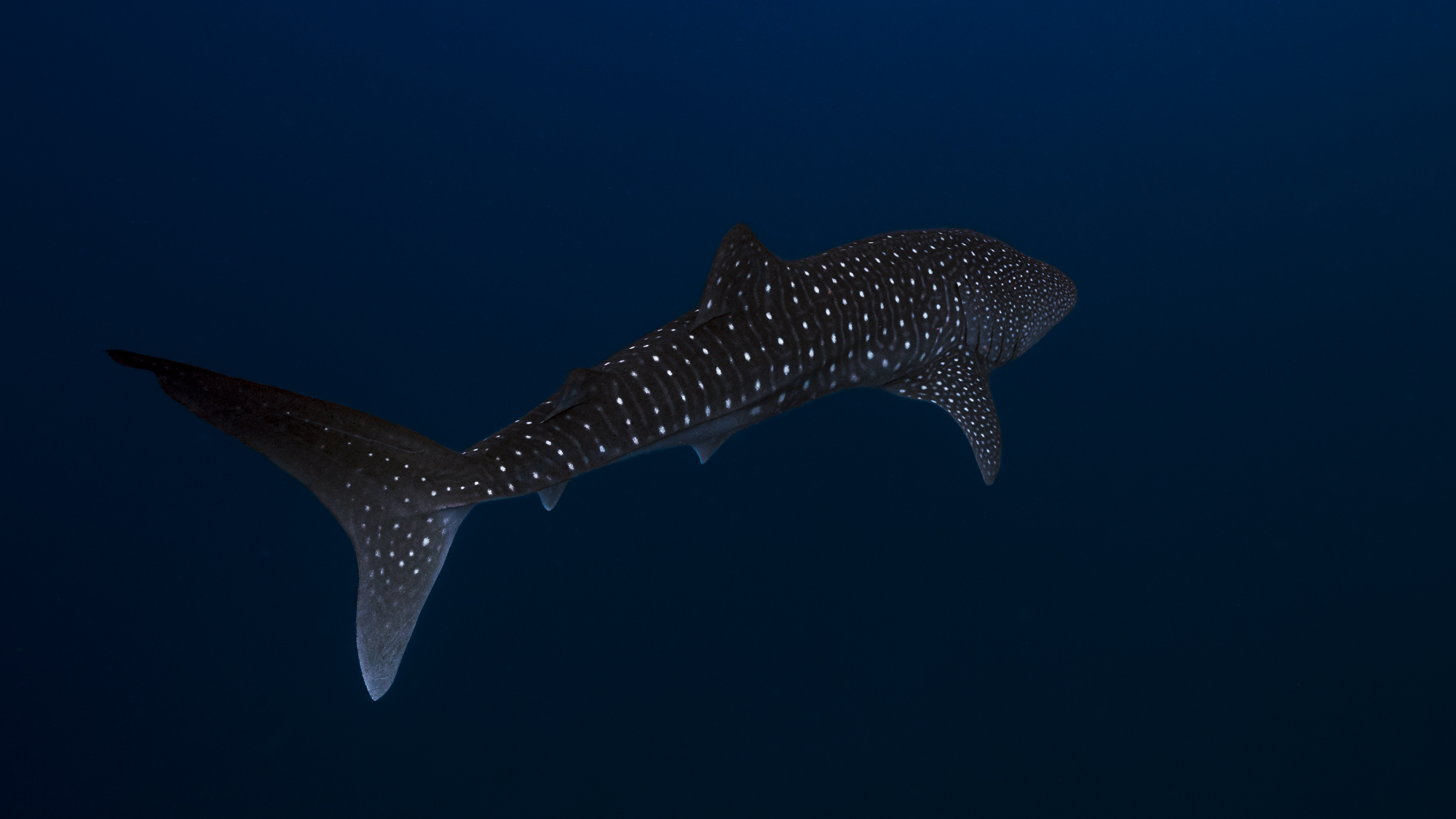

What we do
To achieve our goal, we use different approaches. First and foremost, we use the power of images combined with exciting stories. Packed with these, we hold multi-media shows at various events and in schools to explain to the young generation how the marine ecosystem works and the importance of megafauna. We create enthusiasm and shed light on the fatal consequences if certain species were to become extinct. We also show what everyone can do to protect the ocean and the marine ecosystem.
In addition, Oceaninc Megafauna Awareness regularly participates in various scientific projects and supports NGOs that contribute to the protection of oceanic megafauna on site. The contents and activities are then prepared photographically and documentarily in order to support science and to use various materials to draw attention to the research results and possible consequences if human behavior will not changed.
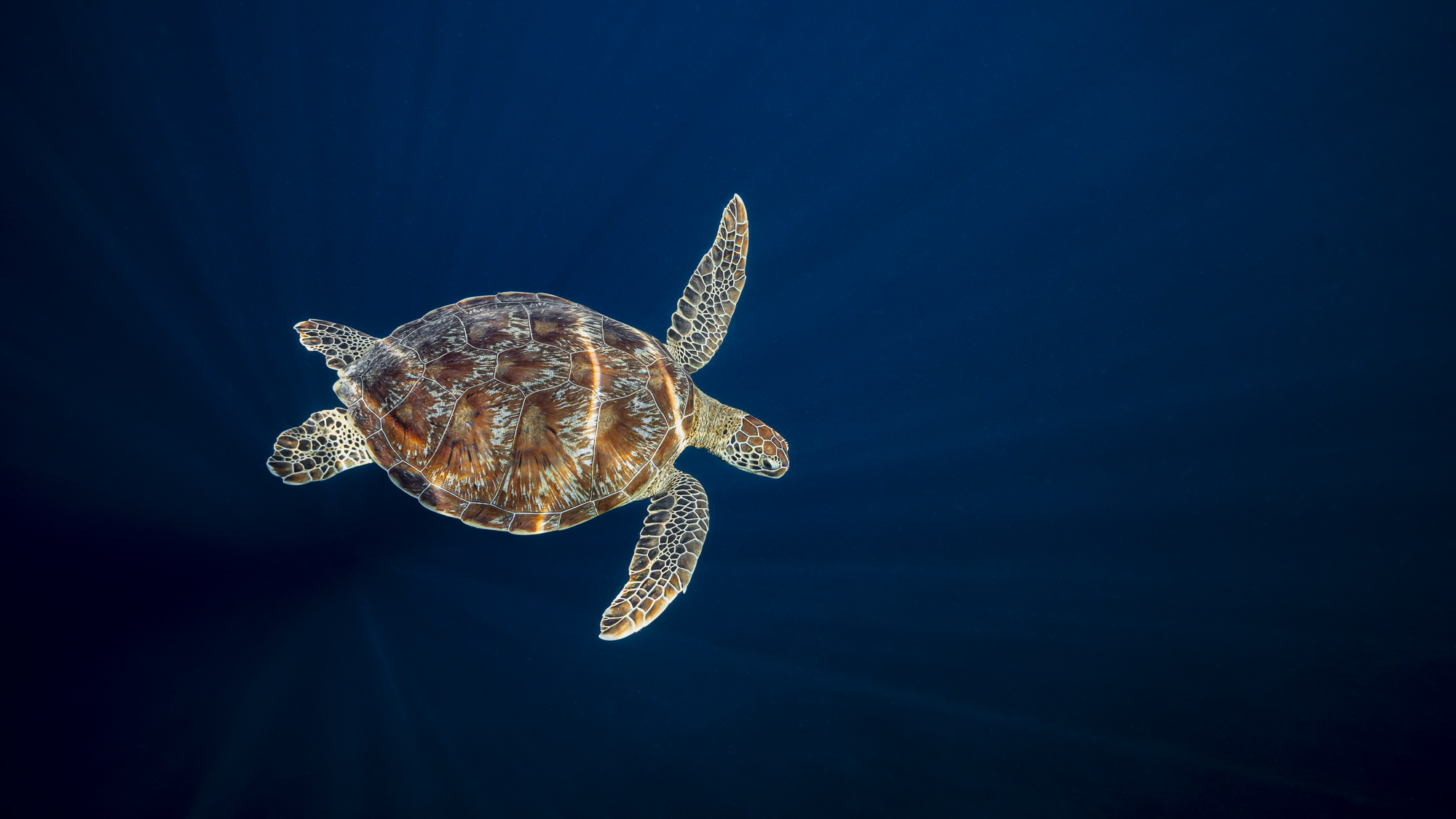
What you can do
Don’t eat fish from industrial fishery
Be respectful and
follow Code of Conduct
Participate in beach and river cleanups
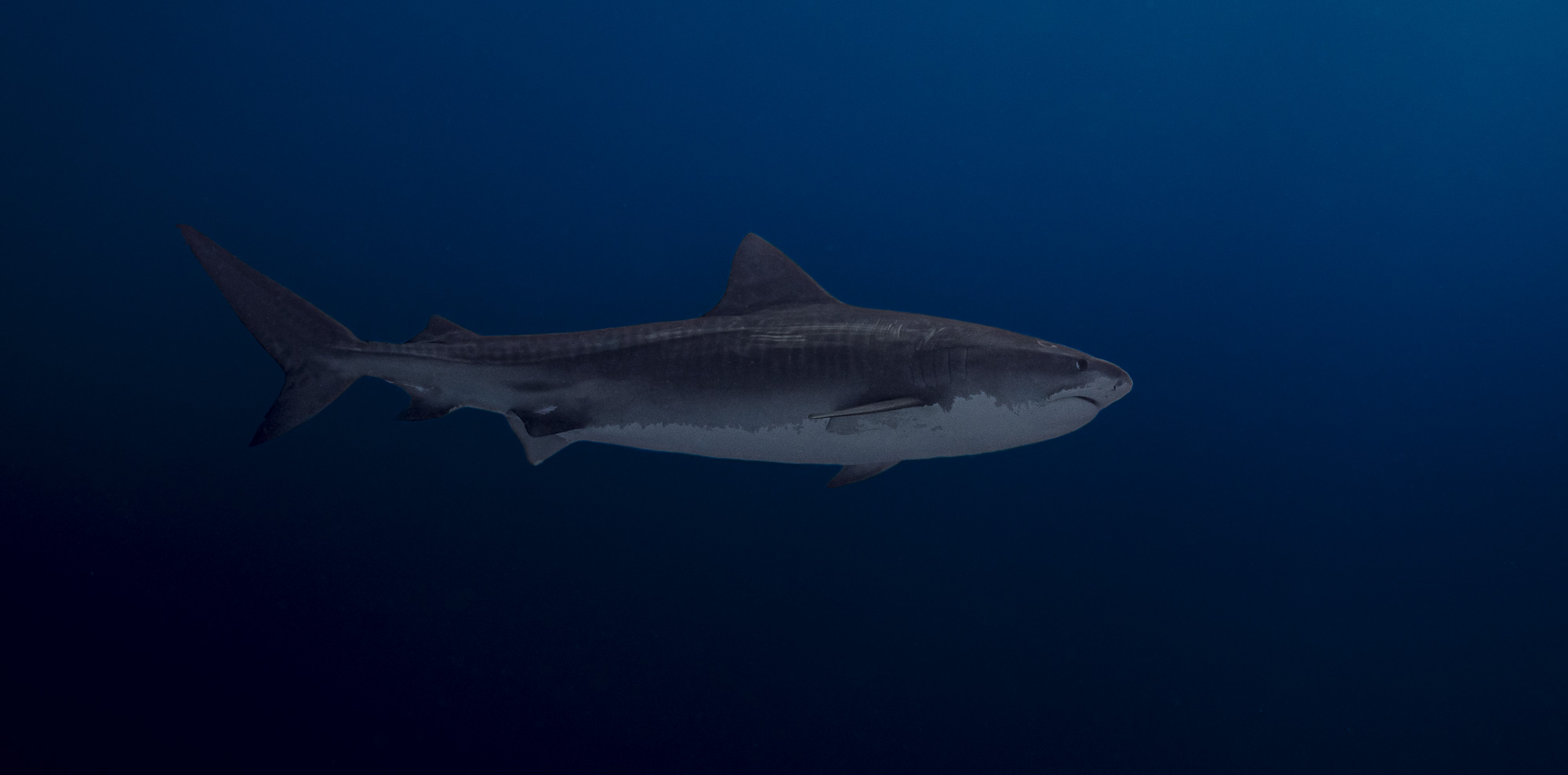
Who we are?

Julia Glaeser
Co-Founder
“We need the ocean and the ocean needs us.”
Julia is co-founder of Oceanic Megafauna Awareness and prefers to express her love for the ocean as an underwater photographer, as an artist, and in writing blog articles.
Years of professional experience in nature and environmental protection, her skills as a project and process manager together with her love for marine animals formed the basis for her motivation to found her own association to protect oceanic megafauna. It is her goal to infect as many people as possible with her enthusiasm for whales, sharks, rays, etc., to show them ways in which they can make a contribution and to draw attention to the threats that these species face every day.
As a child, she always wanted to be a marine biologist, but chose a different career path and, as an adult, she thought for a long time that studying marine biology was the only way to work in marine conservation. But there are many ways to do this – some of them start with our actions in everyday life. She would like to share this knowledge with everyone who has always wanted to be a marine biologist at heart.
Tim Glaeser
Co-Founder
“We humans are the reason of many problems. But we can and must also be part of the solution.”
Tim is co-founder of Oceanic Megafauna Awareness and a passionate underwater and wildlife photographer. He works as a sustainability and climate consultant and advises companies on how they can become more sustainable and reduce their greenhouse gas emissions.
Tim is an enthusiastic diver and when he understood the complex interconnections of marine ecosystems and the threats our oceans and especially oceanic megafauna face, it was immediately clear to him that he wanted to make a contribution to protecting our oceans. He is convinced that we humans can and must be part of the solution and for this reason he uses impressive images and exciting stories about oceanic megafauna to inspire, create awareness and explain the connections of the marine ecosystem.

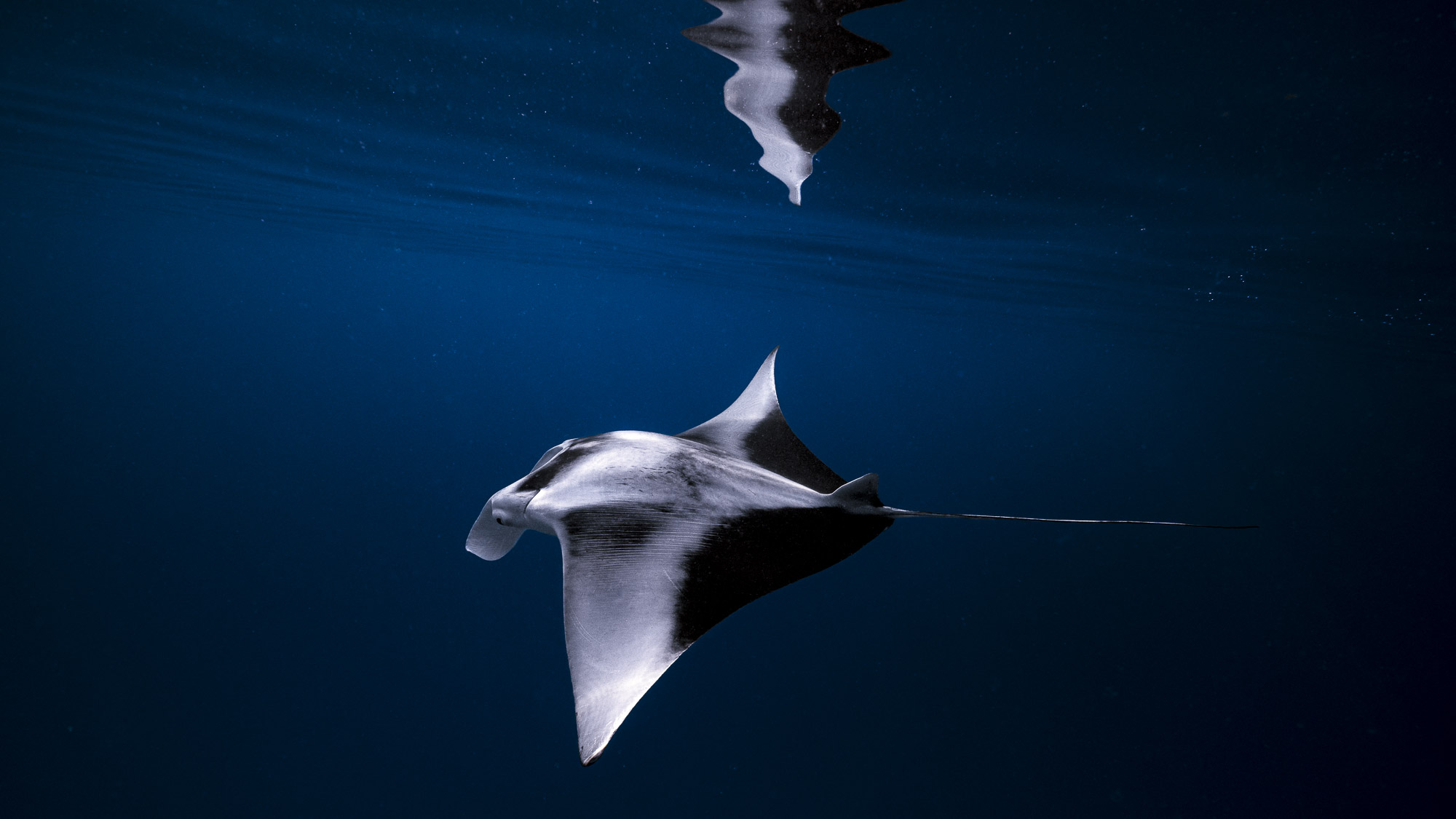
Supported Projects
Get in touch with the Oceanic Megafauna Awareness Team
info@oceanicmegafauna.org
Our Mission
“The mission of Oceanic Megafauna Awareness is to create excitement about oceanic megafauna and to talk about the threats they face. We show options what each and every one of us can do in everyday life.”
Oceanic megafauna are under enormous pressure. If the animals themselves are not hunted relentlessly, they usually end up as bycatch in the fishing industry’s nets. Over 100 million sharks are killed every year for various reasons: for their fins, to end up in the shark fin soup which is popular in some Asian countries or they are caught in longlines or as trophies. Plastic pollution also contributes to why marine animals have to die in the most cruel ways. Due to the climate crisis and the increased absorption of CO2 from the atmosphere, the oceans are becoming more acidic. This is particularly harmful to living creatures that build their shells or body parts with calcareous compounds, such as corals. These in turn serve as habitats and important breeding grounds for other marine animals. Additionally, the deforestation of mangroves and sand mining in coastal waters also endanger the breeding areas of many species and thus directly or indirectly the megafauna of our oceans.
We are drawing attention to precisely these problems with the Oceanic Megafauna Awareness Association. Our mission is to raise awareness about these injustices and sensitize the population about them. As many people as possible should learn how worthy of protection and at the same time how vitally important our oceans are for us humans and the entire ecosystem of the earth. We want to generate enthusiasm for the sea creatures and the countless connections in the unique habitat of the oceans, because in the end we only protect what we love and understand.


What we do
To achieve our goal, we use different approaches. First and foremost, we use the power of images combined with exciting stories. Packed with these, we hold multi-media shows at various events and in schools to explain to the young generation how the marine ecosystem works and the importance of megafauna. We create enthusiasm and shed light on the fatal consequences if certain species were to become extinct. We also show what everyone can do to protect the ocean and the marine ecosystem.
In addition, Oceaninc Megafauna Awareness regularly participates in various scientific projects and supports NGOs that contribute to the protection of oceanic megafauna on site. The contents and activities are then prepared photographically and documentarily in order to support science and to use various materials to draw attention to the research results and possible consequences if human behavior will not changed.

What you can do

Who we are?
Julia Glaeser

Julia is co-founder of Oceanic Megafauna Awareness and prefers to express her love for the ocean as an underwater photographer, as an artist, and in writing blog articles.
Years of professional experience in nature and environmental protection, her skills as a project and process manager together with her love for marine animals formed the basis for her motivation to found her own association to protect oceanic megafauna. It is her goal to infect as many people as possible with her enthusiasm for whales, sharks, rays, etc., to show them ways in which they can make a contribution and to draw attention to the threats that these species face every day.
As a child, she always wanted to be a marine biologist, but chose a different career path and, as an adult, she thought for a long time that studying marine biology was the only way to work in marine conservation. But there are many ways to do this – some of them start with our actions in everyday life. She would like to share this knowledge with everyone who has always wanted to be a marine biologist at heart.
Tim Glaeser

“We humans are the reason of many problems. But we can and must also be part of the solution.”
Tim is co-founder of Oceanic Megafauna Awareness and a passionate underwater and wildlife photographer. He works as a sustainability and climate consultant and advises companies on how they can become more sustainable and reduce their greenhouse gas emissions.
Tim is an enthusiastic diver and when he understood the complex interconnections of marine ecosystems and the threats our oceans and especially oceanic megafauna face, it was immediately clear to him that he wanted to make a contribution to protecting our oceans. He is convinced that we humans can and must be part of the solution and for this reason he uses the power of images and storytelling about oceanic megafauna to inspire, create awareness and explain the connections of the marine ecosystem.
